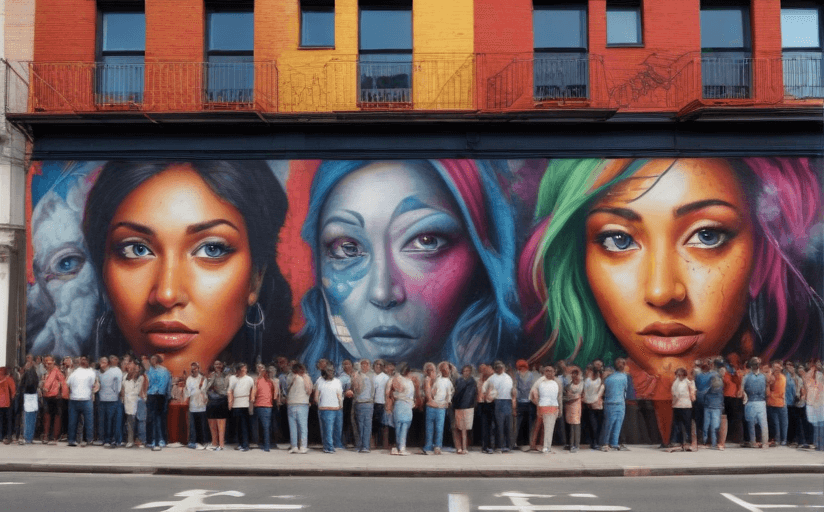The Influence of Street Art on Urban Culture
Street art, once regarded as mere vandalism, has transcended its controversial beginnings to become a central part of urban life and culture. Its influence permeates various spheres of life, including societal attitudes, urban development, politics, fashion, music, among others.
Societal Attitudes and Street Art
Street art serves as a powerful tool for expression, often representing the voice of a city's residents. Artistic creations, from political commentaries to human rights messages, challenge societal norms, sparking conversation and influencing attitudes. Artists like Australia's Rone, known for his haunting female faces, often use public spaces to raise awareness on various social issues.
Urban Development and Street Art
The emergence of street art as a fashion trend has had remarkable effects on urban development. Cities across the globe are using it as a means of rejuvenating dilapidated areas and transforming them into vibrant, attractive hubs. For instance, the Wynwood Walls project revitalized the once run-down neighborhood of Miami, Florida, turning it into a globally renowned street art district.
Politics, Fashion, Music and Street Art
From Banksy’s politically charged graffiti in the UK to Keith Haring's pop-art murals in New York City, street art plays a crucial role in political discourse. In fashion, street art's influence is glaring with designers often using graffiti prints to add an urban edge to their collections. Similarly, the music industry has also been impacted with album covers, music videos, and even lyrics drawing inspiration from street art.
Multifaceted Perceptions of Street Art
Perceptions of street art significantly differ among artists, residents, tourists, and cultural critics. While artists view it as an essential platform for creative expression, residents may see it as a reflection of their community’s soul or as an eyesore. Tourists often view street art as part of a city’s cultural landscape and a must-see attraction. Conversely, cultural critics might examine street art from a socio-political lens, analyzing underlying themes and implications.
Transcending Aesthetics
Street art does more than just add aesthetic value; it illuminates the underbelly of city life, showcasing creativity, fostering community spirit, and reflecting the soul of a place. The 'Discover your city' project in Berlin is a prominent example, using street art as a medium to call on Berliners to reconnect with their surroundings in new and imaginative ways.
Conclusion
There is no doubt that street art has become an integral part of urban culture, leaving a significant imprint on multiple areas of life. By exploring its impact and understanding its significance, we can gain a deeper appreciation for this often overlooked art form that sits at the heart of our cityscapes.


















Comments
Leave a Comment